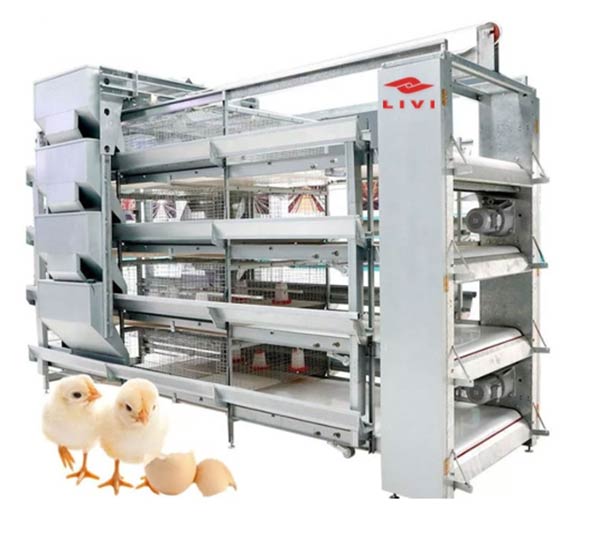In today’s food market, consumers are increasingly concerned about egg quality. However, few recognize the impact of chicken layer cages design on egg quality. In this article, we will explore the relationship between chicken layer cages and egg quality. And it will highlight how optimizing the chicken cages environment can improve the quality of eggs.
Optimized Environment for Egg Production
The design of chicken layer cages plays a critical role in the egg production environment. A well-designed chicken cages not only considers the comfort and health of the chickens but also focuses on the egg production process. Reasonable cage layout and space planning can reduce stress and competition among chickens. Then it will lower stress responses and improving egg quality.
There are two types of chicken layer cages design-A and H type design.
A-type layer chicken cages are widely used in small farms or family farms because of their simplicity and practicality, effective space saving, and easy management, providing farmers with an economical and practical breeding equipment option.
H-type layer chicken cages are widely used in medium-sized farms due to their efficient use of space, increased breeding density, and automated management, providing farmers with an efficient and convenient breeding equipment option.
| A-Type Layer Chicken Cages | VS | H-Type Layer Chicken Cages |
| Single layer structure | Double layer structure | |
| A-shaped arrangement | H-shaped arrangement | |
| Manual or Automated system | Automated system |
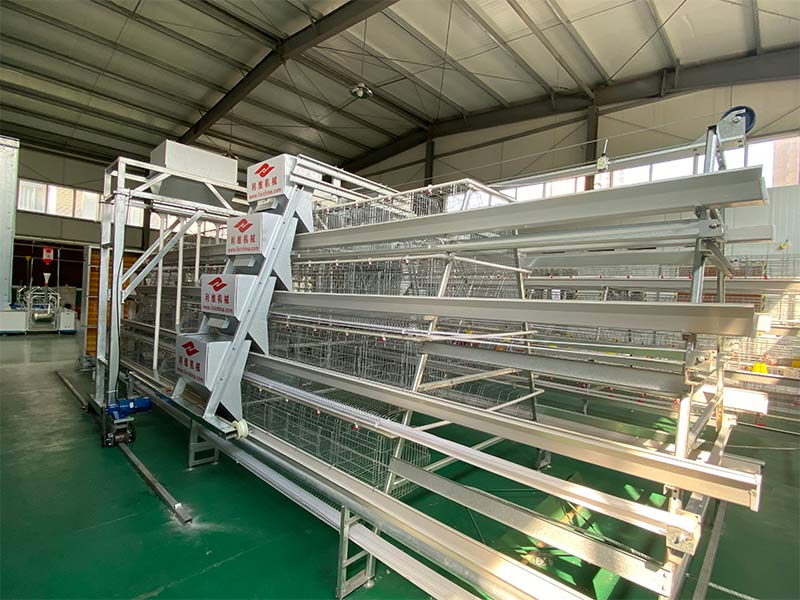
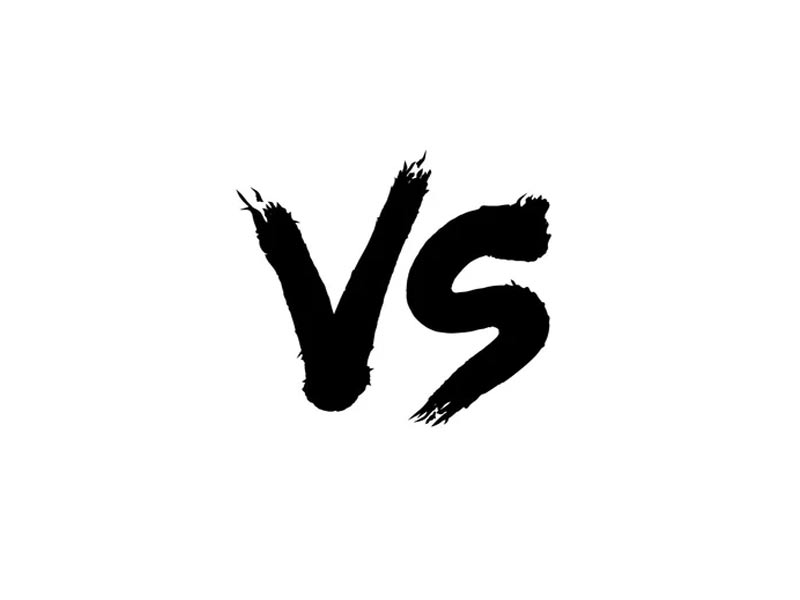
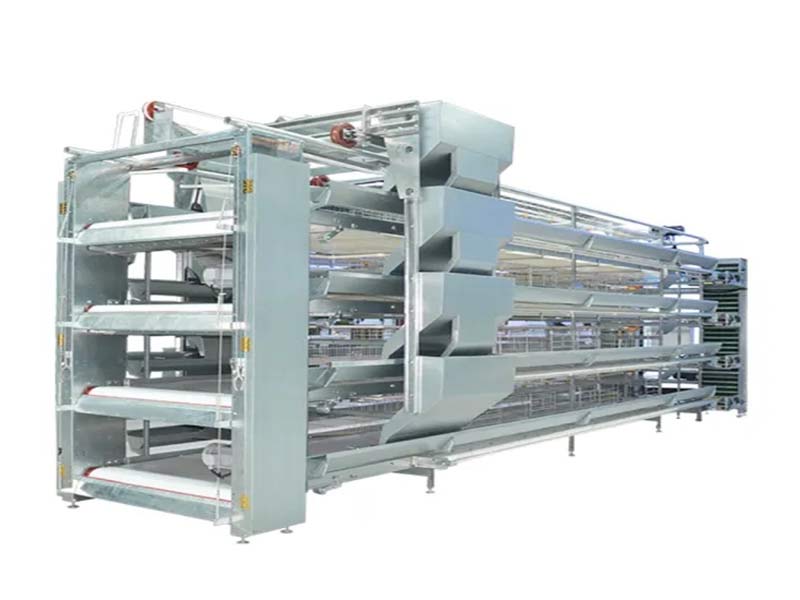
Environmental Factors Affecting Egg Quality
In chicken layer cages, environmental factors such as temperature, humidity, and air quality are crucial for egg quality. Both excessively high or low temperatures can affect egg formation and quality. While high humidity can lead to bacterial growth on the eggshell surface. By scientifically controlling the cage environment, an optimal production environment can be created, conducive to egg formation and preservation.
Layer Chicken Cages Layout and Egg Appearance
In addition to environmental factors, the layout of chicken layer cages also directly affects the appearance of eggs. Adequate space and proper feed distribution can promote the healthy growth of chickens. It is resulting in eggshells that are harder and smoother. Moreover, providing appropriate nutrition and supplements, such as calcium and eggshell strengtheners. It can increase the hardness and luster of eggshells, enhancing the appearance quality of eggs.



Food Safety and Cage Hygiene Management
Hygiene management of chicken layer cages is crucial for the food safety of eggs. Regular cleaning and disinfection of the layer chicken cages can reduce the growth of bacteria and pathogens. It is also can lower the risk of egg contamination. Additionally, proper water systems and waste discharge facilities help maintain cleanliness and dryness in the cages, further improving the hygiene quality of eggs.
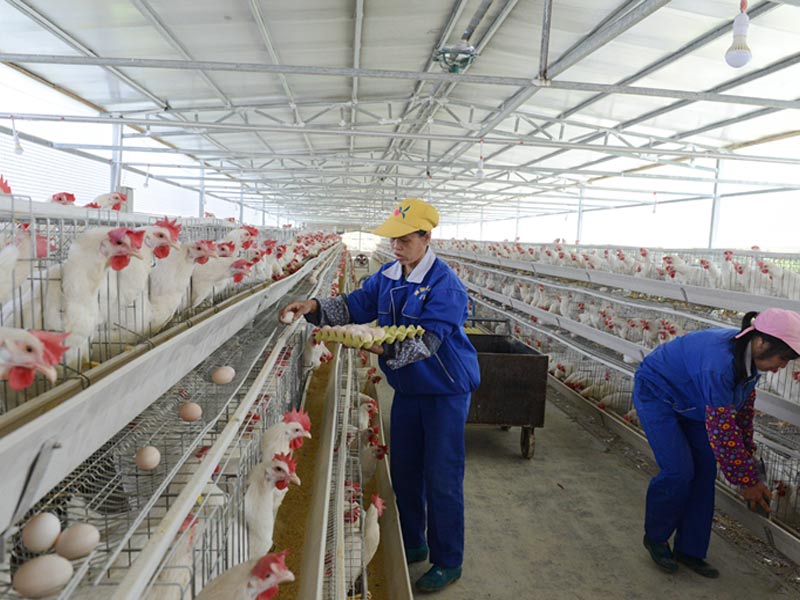
Conclusion
The impact of chicken layer cages design on egg quality far exceeds our imagination. By optimizing the cage environment, scientifically controlling the production process, and strengthening hygiene management, we can improve egg quality to meet consumers’ demand for high-quality food and contribute to the sustainable development of the farming industry. Therefore, in future farming practices, we should pay more attention to the relationship between chicken layer cage design and egg quality, continuously explore innovations, and pave the way for the industry’s development.





